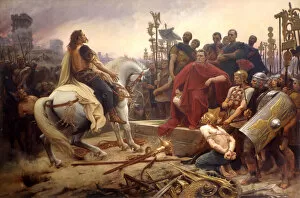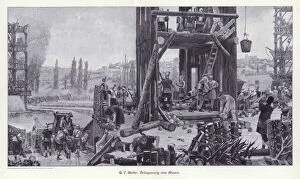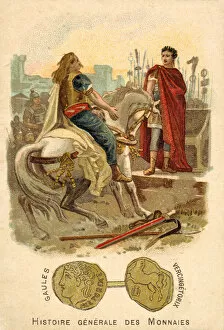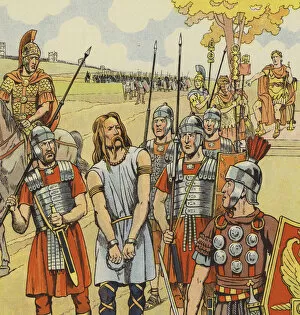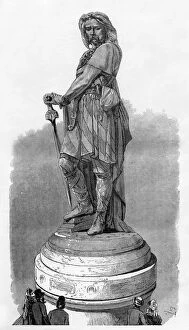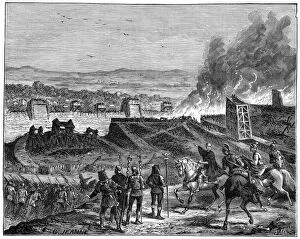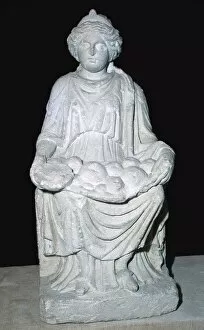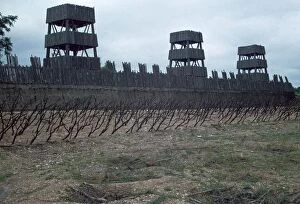Alesia Collection
"Alesia: The Surrender that Shaped History" In the year 52 BC, a pivotal moment unfolded on the ancient battleground of Alesia
For sale as Licensed Images
Choose your image, Select your licence and Download the media
"Alesia: The Surrender that Shaped History" In the year 52 BC, a pivotal moment unfolded on the ancient battleground of Alesia. Vercingetorix, the valiant chief of the Arverni tribe, found himself facing an impossible choice as his besieged army teetered on the brink of defeat. With unwavering courage and strategic foresight, he made a fateful decision. As Julius Caesar's legions encircled Alesia, Vercingetorix knew that surrender was inevitable to save his people from further suffering. In a dramatic scene depicted in various artworks throughout history, he threw down his arms at Caesar's feet. This act marked not only his personal submission but also symbolized Gaul's capitulation to Roman rule. The Siege became an enduring tale etched into historical records and immortalized through artistry. From engravings to lithographs and chromolithos, artists captured this defining moment with vivid colors or intricate details. Beyond its military significance, Alesia holds other intriguing stories within its borders. Alise in Bourgogne is believed to be the deathplace of Saint Reine whose healing waters still draw pilgrims seeking solace and restoration. Even beyond Gaul's shores, echoes reverberate through time. Rue d'Alesia in Paris stands as a testament to history's reach into modernity—a street name connecting past struggles with present-day life. Vercingetorix may have surrendered at Alesia over two millennia ago; however, his legacy endures as a symbol of bravery amidst adversity. His sacrifice altered the course of history while reminding us that even great leaders must sometimes make difficult choices for their people’s greater good. Through these artistic depictions and historical accounts spanning centuries since those tumultuous days in 52 BC until today—Alesia remains etched in our collective memory as both a turning point and a reminder of the complexities of human existence.

